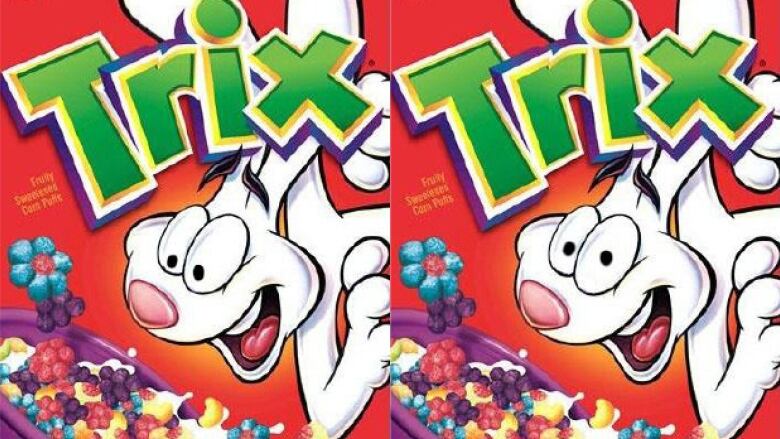Cereal box cartoons often stare down, entice children ; study

It's a well-known selling trick to put colourful, child-friendly items within reaching distance of young arms on store shelves to entice them. But according to a recent study by researchers from Cornell and Yale, the eyes of cartoonish spokescharacters are sometimes tilted to catch the gazes of children walking by.
In the study, researchers looked at 86 different breakfast cereals and analyzed the way they are displayedinside 10 different grocery store chains across the U.S.
- Want to read more? Download the complete research study here
- Marketing of unhealthy cereal to kids is 'staggering' Yale says
It was no surprise to learn that cereals tailored toward adult tastes were generally found higher up an average of 48 inches or four feet off the ground.Those marketed toward children were, not surprisingly, were usually displayed on a lower shelf an average of 23 inches off the ground.
They also uncovered a surprising trend in the faces of characters on the box. Characters on the labels of adult cereals generally have their eyes pointing relatively straight out, with a slight upward tilt of 0.4 degrees.
The characters on the boxes of kids' cereals tended to have their eyes pointed downwards down by more than nine degrees on average, a good ratio to catch the gaze of a passing toddler.
In one test, the researchers showed 65 people one of two versions of a Trix cereal box. In one (the one sold in stores) the eyes of the rabbit on the cover were looking down toward the cereal. On a modified version, the eyes were angled straight out to look at someone staring at the box.
Both box covers are shown in the image above.
Respondents said they felt 31 per cent "more connected" to the box that looked at them than the one that didn't,even though it contained the same product.
When those results are extrapolated to children, the impact becomes obvious.
"A child going shopping with his parents and making eye contact with Tony the Tiger or Toucan Sam may begin to feel positive feelings and a sense of connection with the characters, which may translate to the childs feelings towards the cereal itself," the researchers wrote.
"Eye contact thus not only has the potential to sell more cereal, but may also create more loyal customers through fostering positive feelings and a sense of trust and connection."
The researchers note that there's no evidence to suggest child-focused cereals are all intentionally staring out at downcast eyes.
"We do not state or mean to infer that spokescharacters are deliberately designed to direct their gaze downward in order to make eye contact with children," the paper notes.
"In most cases, it instead appears that they are gazing at a bowl of cereal in front of them, at their spoon, or at cereal floating around them in the airRegardless, in some of these cases their gaze meets the eyes of small children as they walk down the aisle."
Indeed, if further study finds more evidence of a correlation, the study's authors suggest it may be a trick that producers of healthier foods might want to consider in their marketing decisions.












_(720p).jpg)


 OFFICIAL HD MUSIC VIDEO.jpg)
.jpg)



























































































